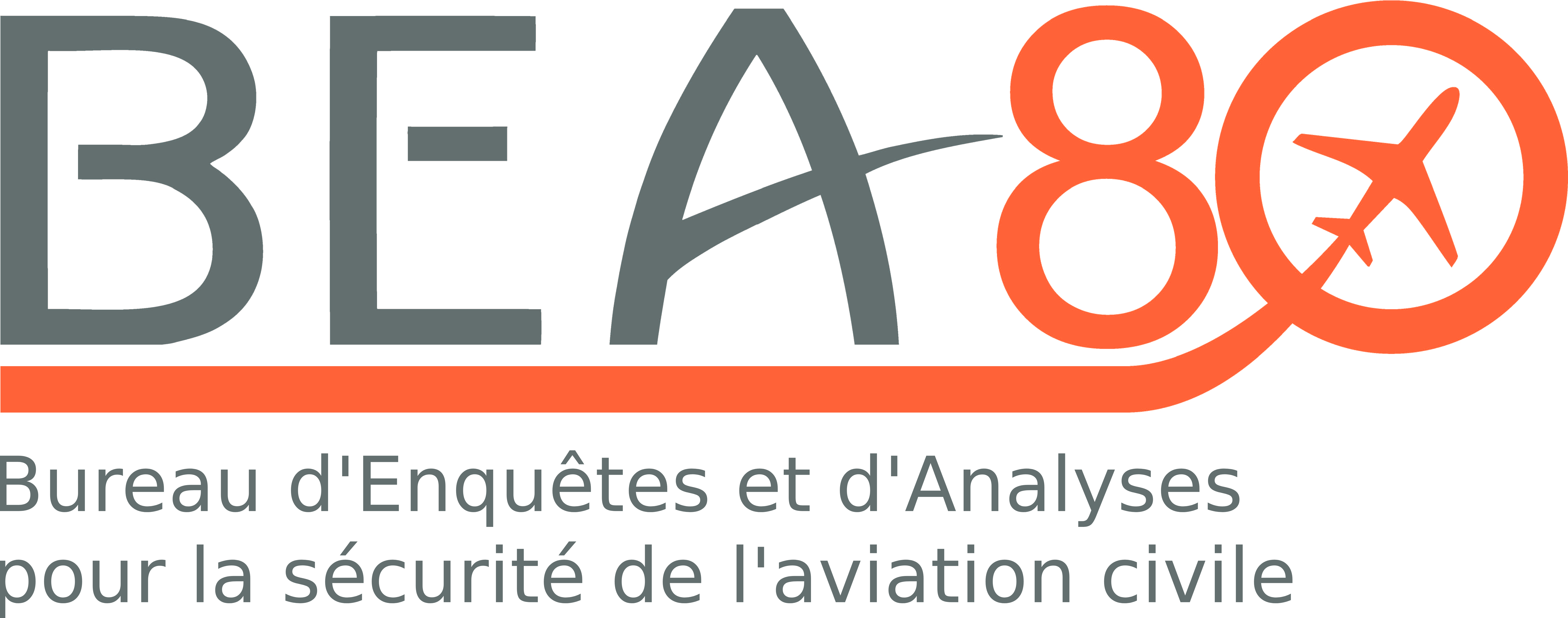Accident to the Jodel D117 registered F-BLFK on 20/08/2022 at Château-Thierry
Perte de contrôle en lacet lors du roulage à l'atterrissage, sortie latérale de piste, heurt d'une balise latérale de piste, passage en pylône puis sur le dos
This is a courtesy translation by the BEA of the Final Report on the Safety Investigation. As accurate as the translation may be, the original text in French is the work of reference.
Note: the following information is principally based on statements made by the pilot. This information has not been independently validated by the BEA.
1. History of the flight
The pilot was the owner of the aeroplane. Sitting in the left seat, he carried out a local flight with a passenger, also a pilot, to allow the latter to familiarize himself with the Jodel 117. The conventional gear aeroplane was equipped with dual controls, but only the left seat had brake pedals. The pilot gave the flight controls to the passenger during the in-air phases and took them back for the landings.
The pilot took off at 19:05 from unpaved runway 03, then the passenger performed manoeuvres. The pilot then performed three touch-and-go landings before lining up for a full stop landing. The two occupants estimated that there was a northwesterly wind at around 5 kt which constituted a left crosswind.
The pilot explained that in crosswind conditions he was used to conducting sideslip approaches[1], a method he felt was appropriate with respect to the flight characteristics of this old design aeroplane. He added that, as this technique was no longer taught, he avoided carrying it out when he was not flying alone. This is why, on the day of the accident, he performed crabbed approaches[2].
After the landing and the tailwheel touchdown, during the deceleration, the aeroplane started to veer to the right. The pilot tried to correct the path with the rudder pedals but did not achieve the expected effect. He tried to apply differential braking with the left brake, but the aeroplane continued to move to the right, veered off the runway, hit a runway cone with the right landing gear, rolled over onto its back and came to rest. The pilot and the passenger managed to get out of the aeroplane.
The pilot indicated that the runway surface was very dry and bumpy and that, as a result, the tailwheel was insufficiently effective. He felt that a brief increase of power to “re-activate” the control surfaces at the start of the landing run might have kept the aeroplane on the runway centreline. He added that the Jodel D117 was known for having an undersized vertical stabiliser and that some owners had modified it by enlarging it to increase its effectiveness, which was not the case on the F-BLFK.
2. Additional information
2.1. Pilot information
The 76-year-old pilot held an aeroplane private pilot licence issued in 1989, with a conventional gear rating. At the time of the accident, he had logged 936 flight hours, of which approximately 500 h on the Jodel D117.
2.2. Passenger information
The 64-year-old passenger held an aeroplane private pilot licence issued in 1997, with a conventional gear rating. At the time of the accident, he had logged 808 flight hours, of which approximately 650 h on conventional gear aeroplanes. He had flown the Jodel D117 F-BLFK for a few minutes on a previous flight.
November 2022
